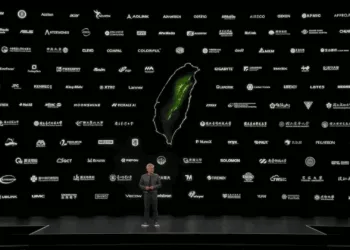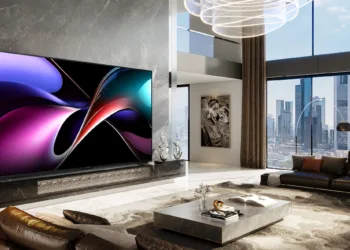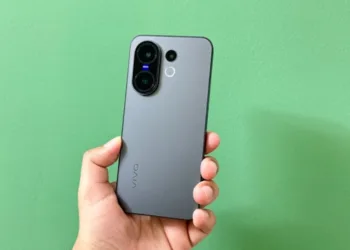This round, there will be only the OnePlus 11, OnePlus has formally returned to the one flagship plan. Even if the OnePlus 10 non-Pro was never produced, the 11-series flagship’s name change by eliminating the “pro” makes it official. Then again, did the corporation miss the mark or is this the sole flagship you desire?

All you need to know about Oneplus Weekly Poll and it’s 11!
Let’s take a closer look at number 11 and see how it contrasts with the OnePlus 9 Pro and the 10 Pro before casting the vote. Let’s start with the similarities. The display is still a 6.7″ AMOLED panel with QHD+ resolution and a refresh rate of 1-120Hz, however this time it makes use of a new LTPO3 panel. Before a review unit is released, it won’t be known how big of a difference this makes. There is no reference to a 10-bit panel or Gorilla Glass, although both omissions may simply be the result of OnePlus’s inadequate listing. There is currently no IP rating.
The updates will follow. Of course, there’s the Snapdragon 8 Generation 2 chipset, which is a significant upgrade over the 888 and 8 Gen 1 chipsets that came before it. Additionally, it is now linked with the quicker LPDDR5X and UFS 4.0. Furthermore, the base configuration is now 12/256GB rather than 8/128GB.

It’s difficult to qualify for the cameras. OnePlus has substituted a 1/1.56″ 50MP 890 sensor for the 1/1.43″ 48MP IMX789 sensor. Once more, this requires careful examination. The ultrawide lens is a little underwhelming because it no longer has the outstanding 150° lens and now only has a mediocre 115° lens.
It can be difficult to decide between telephoto and regular cameras. The lens’s focal length is less (48mm), and instead of 3.3x magnification, it only provides 2x (77mm). However, it has a quite large 1/1.56″ 32MP camera behind it (as opposed to a little 8MP lens), so it should provide top-quality zoom in the 2-4x range.

A 13-channel multispectral sensor helps with the Hasselblad goods that are still on board. The battery is 500mAh larger than the 9 Pro battery and has the same 5,000mAh capacity as the 10 Pro. Wireless charging was discontinued for a variety of reasons, although wired charging was increased to 100W (from 65W and 80W in the previous models).
OnePlus also removed the video-capable USB 3.1 port and switched it with a standard USB 2.0 port. Video out had minimal utility because the business never created a desktop mode, but flagships ought to be gaining features rather than losing them. The price is the final item to discuss; there is just one for China, so let’s examine the comparative values. For a 12/256GB variant, the OnePlus 11 costs around CNY 4,000.

Comparatively speaking, the OnePlus 10 Pro starts at around CNY 4,700 for an 8/128GB model. Even more, money was spent on the matching 12/256GB option. The base 8/128GB device for the 10 Pro cost $900/€900/70,000 when it launched internationally, so the 11 should cost less.
The OnePlus 11 is now among the least expensive Snapdragon 8 Generation 2 flagships available in China. Maybe that is true even in the global market. Even though the specs aren’t the best, OnePlus has been very well-known because of several price cuts and strong marketing.






